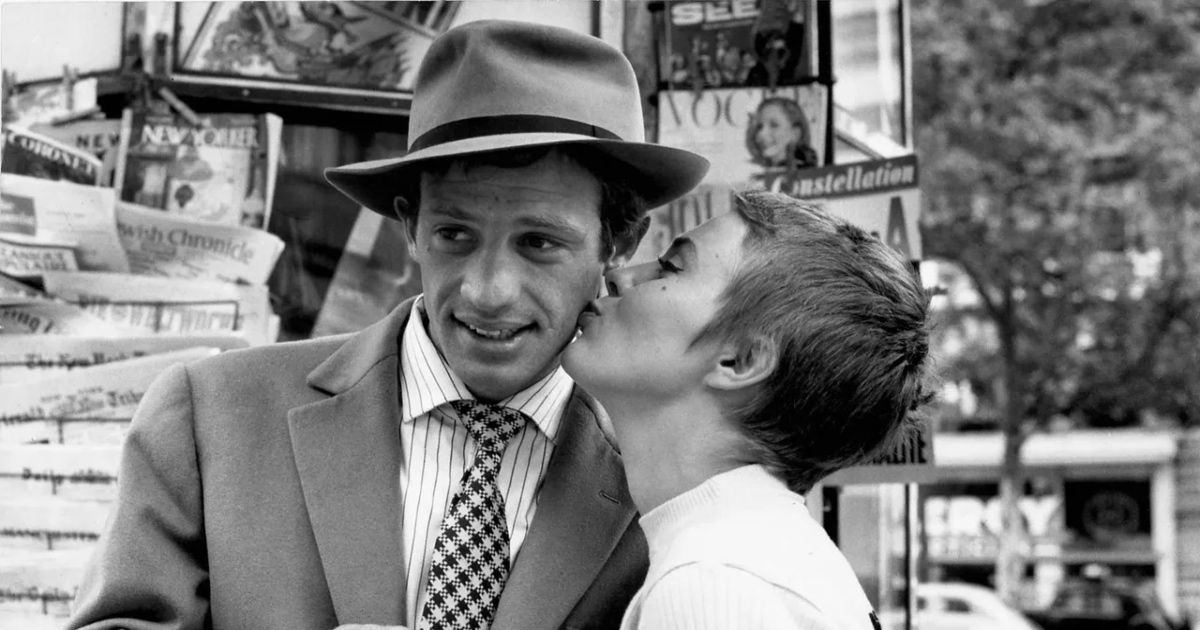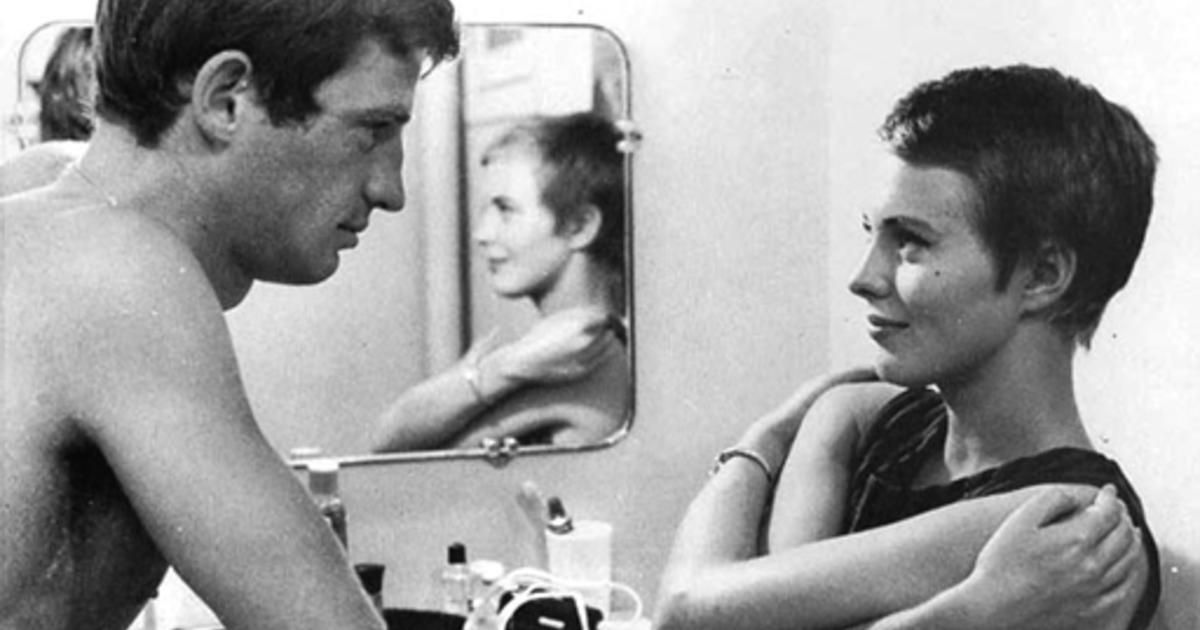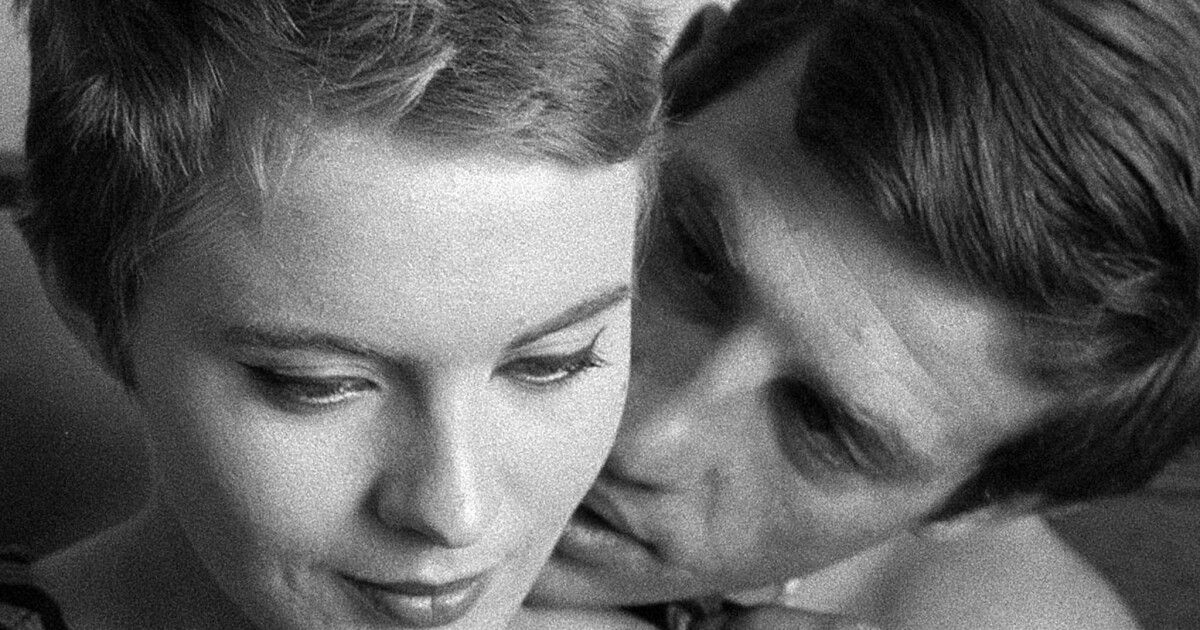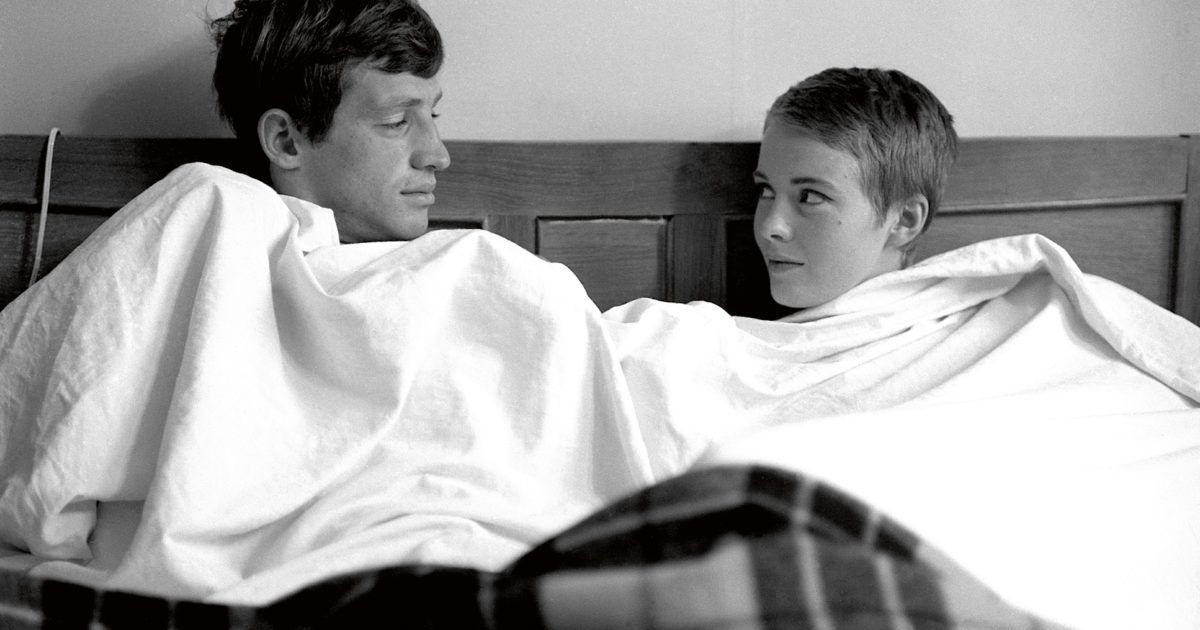To this day, cinema is still appreciating the release of Jean-Luc Godard's 1960 crime drama, Breathless (À bout de souffle), starring the late greats Jean-Paul Belmondo and Jean Seberg. Initiating the French New Wave, Breathless influenced a generation of filmmakers and cinephiles, ultimately altering the way movies were created. Fans of great French movies will recognize both the film's title and its director, as they have both quite literally changed cinema forever. But what is it about Breathless that is so influential?
Breathless was brought into a world where French cinema was heavily influenced by Hollywood features, and the Hollywood studio tradition. However, this movie rattles the cage that was the Hollywood aesthetic and changed cinema's future. The story follows Michael, who shoots and kills a policeman after stealing a car. Although his efforts to evade the police are not exactly frantic, when he finds himself penniless and on the run, he turns to his American love interest Patricia to enjoy the pleasures of being young and carefree. Although, when she finds out that her boyfriend is being investigated for murder, she begins to question her loyalties.
Breathless and New Wave Filmmaking
Just about all the elements of a standard New Wave film can be found in Breathless: handheld cameras, unknown or non-professional actors, naturalistic dialogue, natural lighting, on-location shooting, etc. The characters break the fourth wall and the main subjects are disaffected youth who live bohemian lifestyles, and in Breathless, Godard's camera focuses on movement and the spaces between these people rather than the plot.
Breathless even popularized the technique of using jump cuts. A jump cut is when you take a continuous shot of something, cut out a few frames in the middle, and then join the two pieces together again with no attempt to make them match correctly. As a result, the action appears to be slightly jumping forward in time. For example, Michel and Patricia's flirting is cut to a close-up of their locked lips, where the distance between them has been suddenly broken. These freeze-frames and jump cuts are also classic characteristics of New Wave filming.
It sometimes looks like an editing mistake, something that editors would try to avoid, but Godard saw the potential for using it to speed up the action and believed that there is no need to witness unimportant, mundane aspects to the storyline, and the viewers can fill in the gaps themselves. Breathless was then the first movie where jump cuts were used, and quickly became one of the most influential films of French New Wave cinema.
Break the Rules
The movie became so inspirational because it portrays young people truthfully, so caught up in their own wonderful world of love that they become oblivious to authorities, and frankly, what is going on in the real world. (Which is why the film became a reference point for the New Hollywood and the American New Wave, influencing Bonnie and Clyde, The Graduate, and many more). Breathless is a raw, unpolished, and fundamental piece of filmmaking that held the power to defy conventional expectations of what to expect from a movie. In fact, the New Wave movement was built on the principle that filmmakers should challenge the established norms of cinema.
It isn't necessary for characters who are fleeing the police to be frantic or behave in one set way; instead, Breathless showed that they can be laid back and casual, smoking cigarettes and having philosophical discussions, as if avoiding arrest is the least of their worries. This movie and Godard's filmmaking in general proved that filmmakers should and can be free in what they create and can proceed entirely by their own rules. This was part of the auteur theory of cinema, distinct from the studio style where many people controlled an artistic vision. The director, an auteur (like a novel's author), would be responsible for the film's text completely.
Breathless and the French New Wave even suggests that maybe there shouldn't be any rules at all in filmmaking, that you can provide an utterly captivating experience without having to meet any expectations. Godard's filmography, like a lot of the French New Wave, incorporated the styles and genres of myriad films, defying the typical expectations audiences had with gangster films, films about troubled youth, Technicolor musicals, film noir, lavish romances, and other types of cinema with a bizarre amalgam of them all.
Breathless to this day has changed cinema forever, the way we create it and the way we view it, turning stories inside out and reinventing storytelling completely. Despite the movie being created in a time when filmmaking was restricted, Breathless feels quite modern, possibly because of how it has shaped film culture. Its uniqueness has inspired new filmmakers to explore the limits of filmmaking, and who knows what kind of masterpieces will follow in the future of film because of it, although there is still nothing else quite like Breathless.




